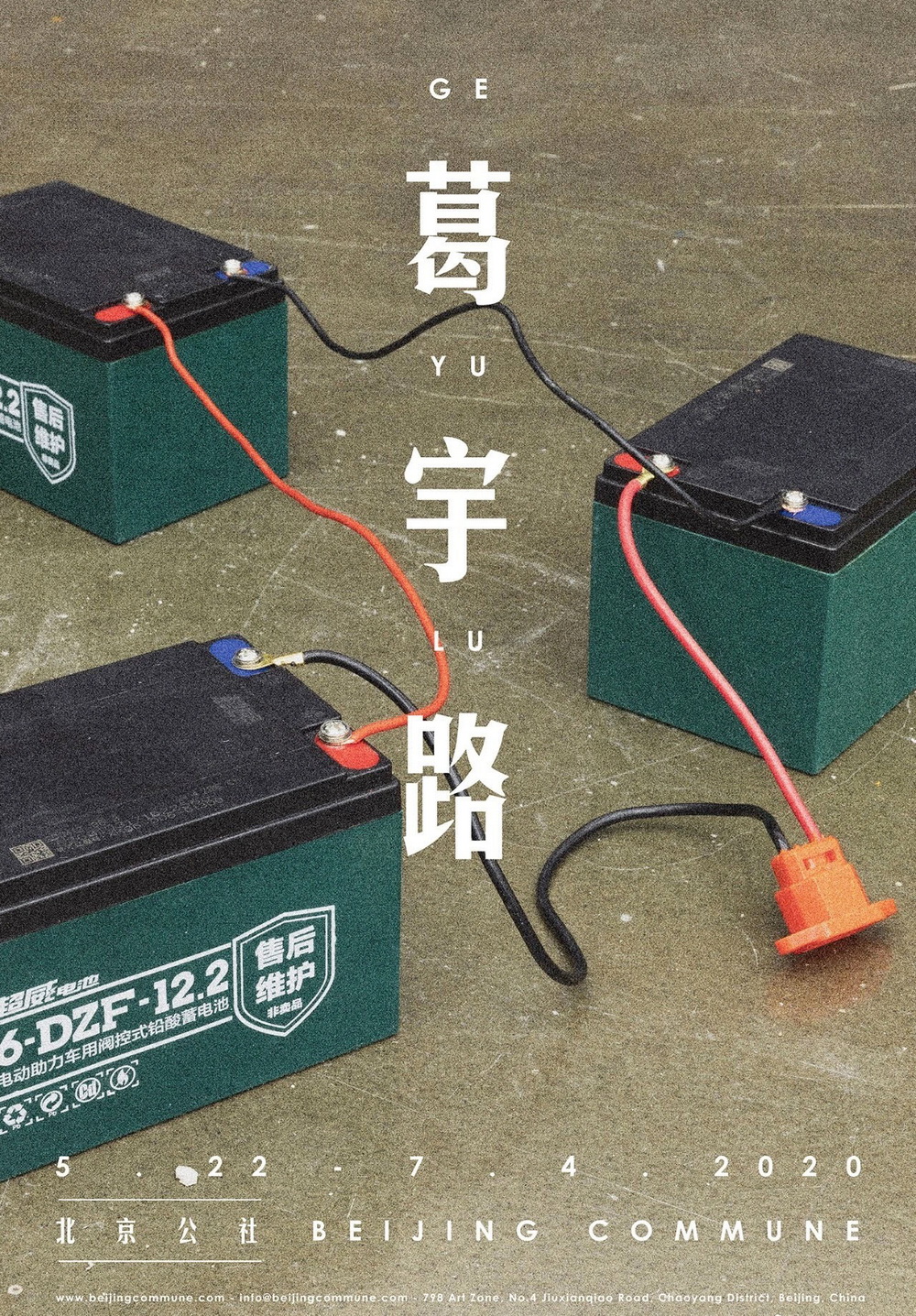
葛宇路 Ge Yulu
展期︱2020年5月22日—2020年7月4日
地点︱798艺术区北京公社
北京公社正在展出艺术家葛宇路的首次同名个展《葛宇路》。展览呈现了艺术家的新作《备用电源》(2020),将持续至2020年7月4日。
本次展览延续了葛宇路对社会现象的批判性思考和个体视角的工作方式,以展厅为出发点探讨了身体与展览空间的关系。他将一辆自行车改装为发电机,在展览期间通过不断地日常骑行将运动转化为电能,而从他远离市区的京郊住所到位于喧哗的北京798艺术区内的画廊之间的距离,则为他的创作提供了不仅仅是物理意义上的更广阔的空间。介于日常与展览制作之间的骑行行为将艺术家的能量转化为电能,储存到了自行车所携带的蓄电池里并为其展览所使用的电子设备供电。悬挂于展厅内的小型电子显示屏设备里播放的是葛宇路近年来艺术创作中各种片段,碎片化的剪辑使得视频脱离了原有的作品语境,进一步模糊了艺术家的生活和创作。

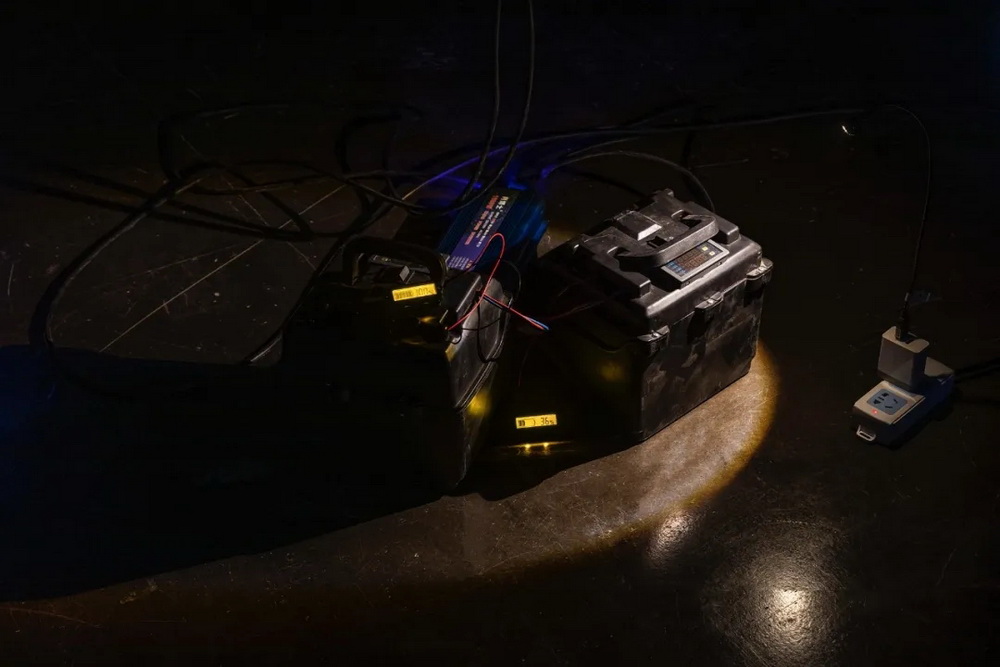
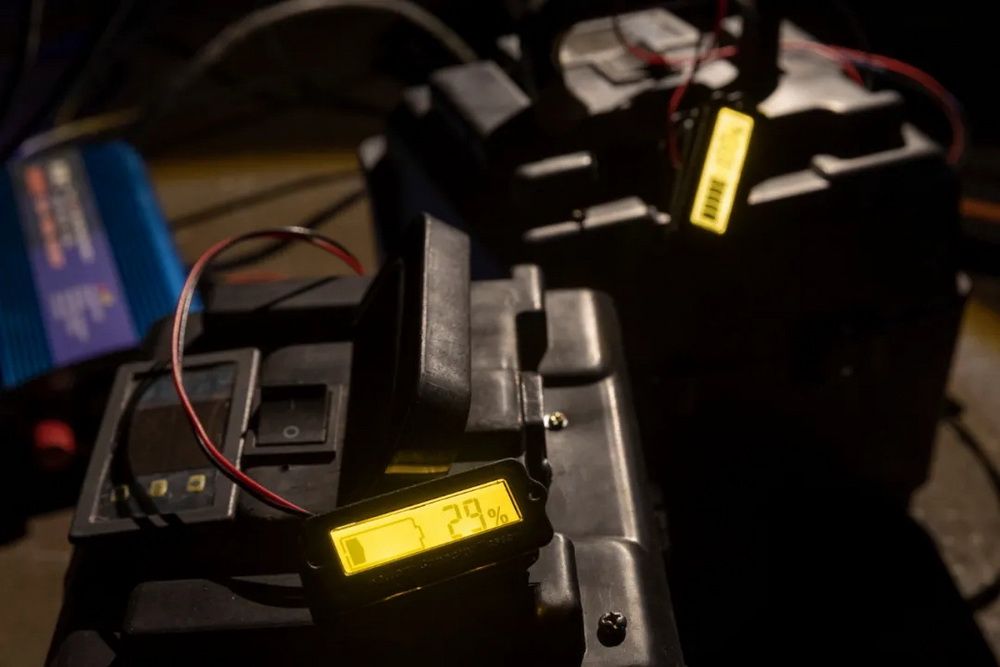
展厅作为当下艺术呈现的标准配置,具备了某些被默认的属性。葛宇路试图将其还原为一个更为纯粹 、不带任何特指的空间,以揭示这种常态化的供应对艺术展示如何起到潜移默化的影响。展览中,作为创作核心的艺术家的个体的能量将替代展厅原有的供电系统电力来维系作品的运行,将艺术的创作的发生延续到展厅现场及艺术家每天骑车所途经的城市空间里。艺术家身体所能承受的运动极限决定着电量的供应,也决定了影像放映的时长,这种不稳定性挑战着观众对近年习以为常的展览形态的期待。当葛宇路的体能所能负荷的最大能量被展厅的电子设备耗尽,所有的视觉信息都将消失于黑暗之中,观众观展的惯性也随之失效。这时,作品的观念性则将更加清晰:图像仅仅是次要的,即使它能为作品提供一些意想不到的趣味性。
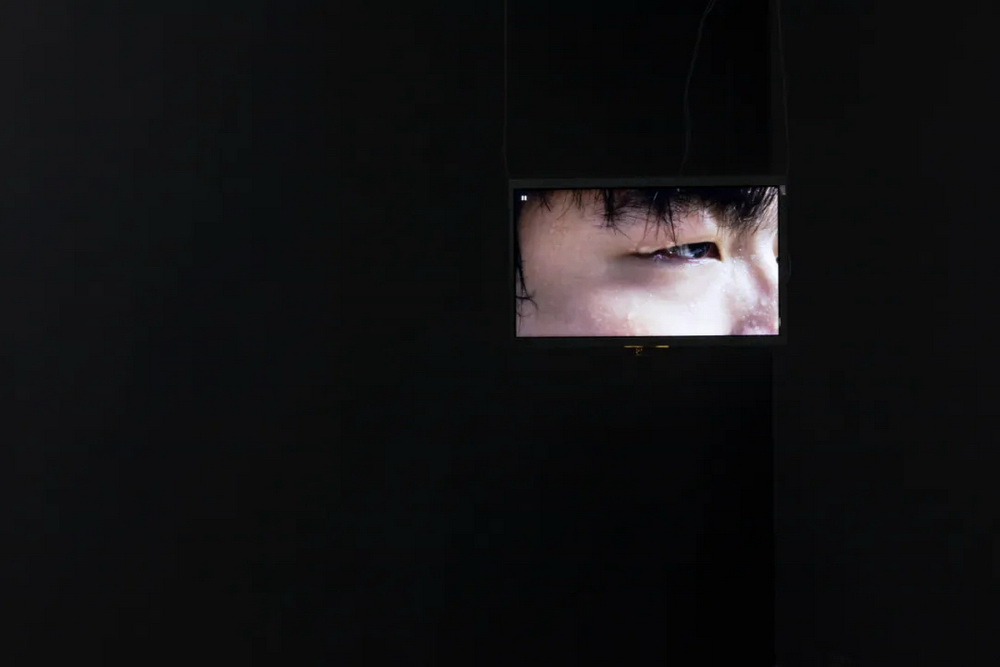
葛宇路的创作兴趣多集中对城市公共空间及公共生活的观察。他试图通过作品调侃生活中隐藏的矛盾,消解固化的权力结构,制造新的动态关系。谈及供电,艺术家认为电能对生活在都市里物质充裕的现代人来说已是常态化供应的基本能源。而实际上任何一个紧急状况时刻都可能轻易地剥夺这种唾手可得的日常便利,改变我们的世界。个展期间,葛宇路将展厅置于这种“紧急状态”之中,以最直截了当的方式重塑现实、介入社会中既定存在的界限,使得生活与艺术在其干预下呈现了荒诞的一面。
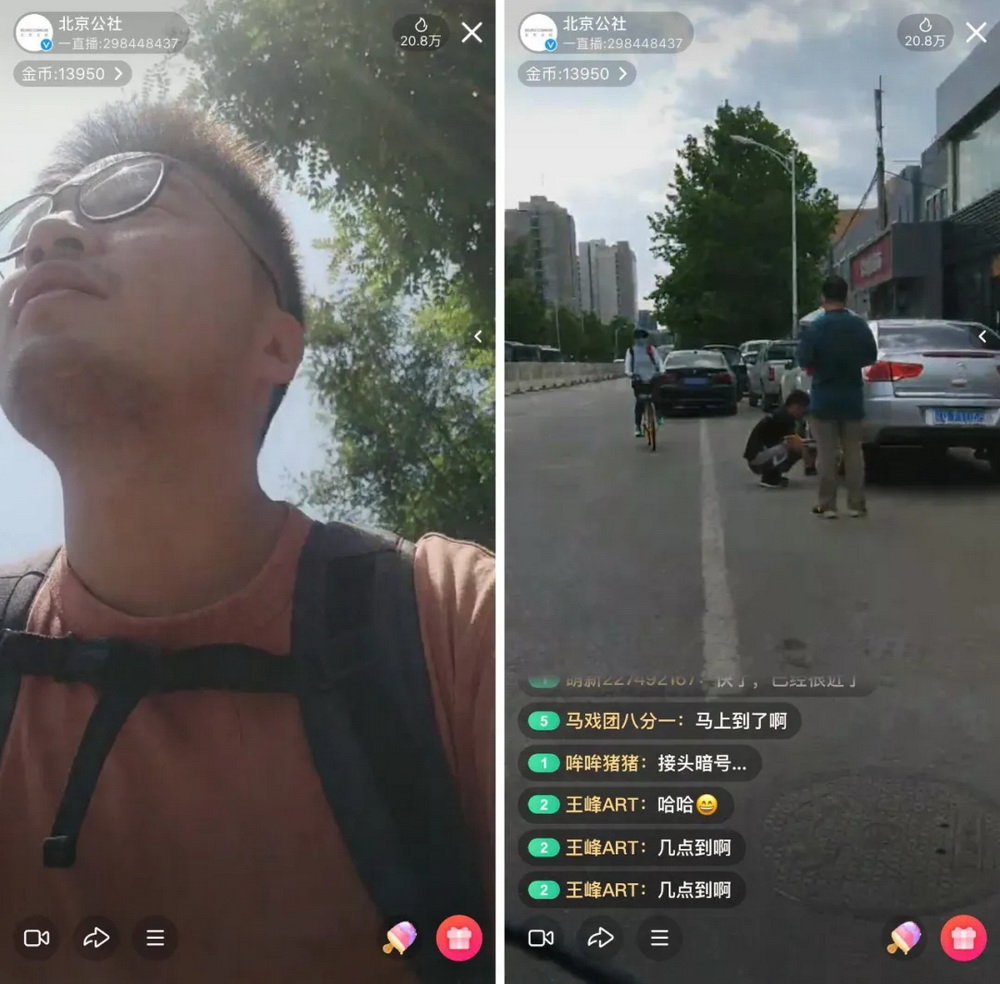
▲2020年5月22日开幕当天,葛宇路微博直播他从燕郊骑行到798艺术区全程
Beijing Commune is showing artist Ge Yulu’s eponymous show, in which he presents his new work Emergency Power System. The exhibition will run until July 4, 2020.
This exhibition continues Ge Yulu's critical thinking on social phenomena and the working mode as an individual. Using the gallery as a starting point, he explores the relationship between the body and the exhibition space. He converted a bicycle into a generator, through which his exercise would turn into electrical energy through continuous daily riding during the exhibition.The distance from his residence on the outskirts of Beijing to the gallery in the buzzling Beijing 798 Art Zone provides a wider space for hiscreation than just the physical sense. The cycling acts as something in between daily life and exhibition production, storing the artist's energy in the batteries he carries on his bicycle that will be used to power the electronic equipment in the exhibition. The small digital frames hanging in the exhibition space display various clips of Ge Yulu's artistic creation in recent years. Fragmented editing separates the video from their original context, further blurring the boundary between artist's life and creation.
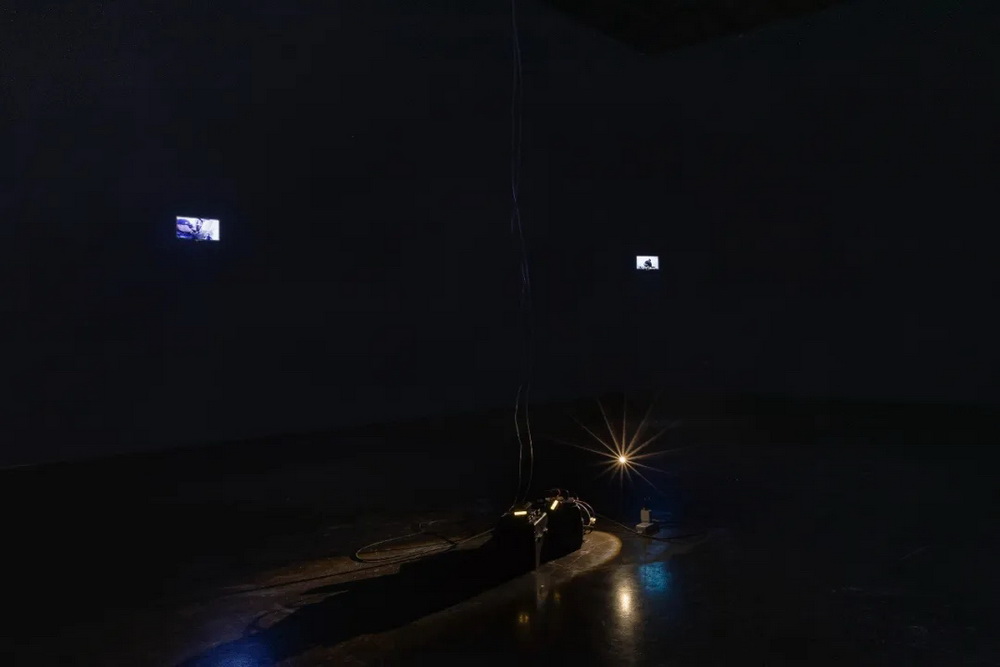
As the standard configuration of current art presentation, the exhibition space is bestowed with certain default attributes. Ge Yulu tries to restore it to a non-speficic space, in order to reveal how this normalized supply has a subtle influence on the art display. In the exhibition, the artist’s individual energy as the core of creation will replace the original power supply system of the exhibition space to maintain the operation of the work, extending the artistic creation to the gallery as well as the urban space that the artist rides daily. The limit of motion that the artist can bear determines the supply of electricity and the how long the video can last. This instability challenges the audience's expectations of the exhibition form that they are accustomed to for years. When the maximum energy that Ge Yulu's body can load is depleted by the electronic equipment in the exhibition space, all visual information will succumb to the darkness, while the audience’s accustomed viewing experience will also vanish. The highly conceptuality of the work will then be clear: the image is only secondary, even if it canprovide some unexpected fun along the way.
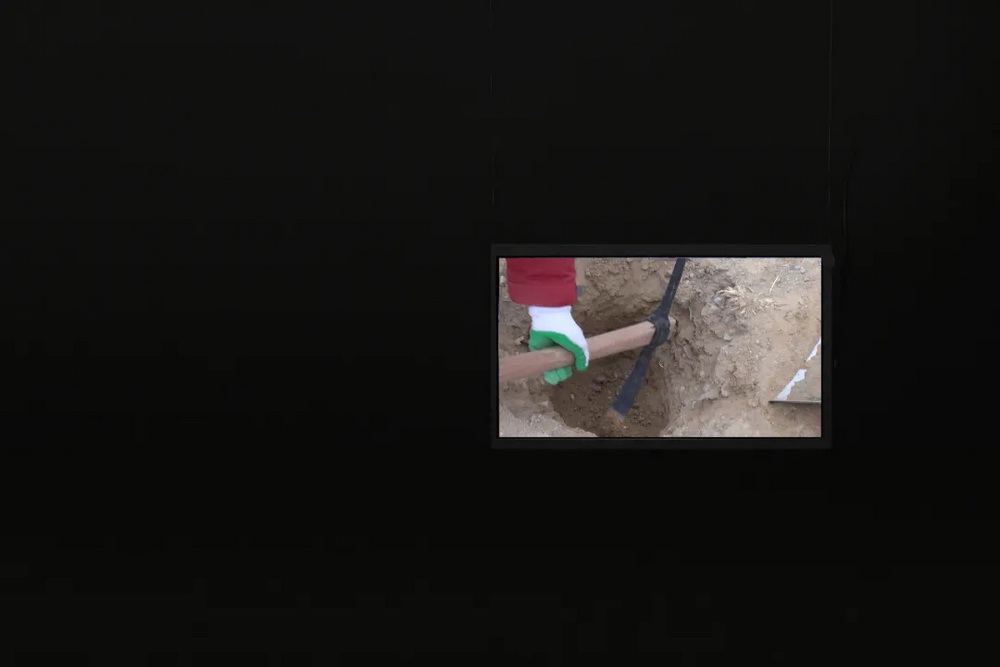
Ge Yulu's interests lie in the observations of public space and public life in urban settings. Through his art, Ge Yulu strives to mock up the hidden paradox in life and challenge the immanent power structures while creating new dynamic relationships. Electricity as an accessibleresource in modern urban living can be easily deprived by any emergency. Ge Yulu puts the exhibition space in a "state of emergency", reshaping the reality and intervening the established boundaries of society in the most straightforward way. An absurd side of life and art thus emerges.
葛宇路,1990年出生于湖北武汉,2013年毕业于湖北美术学院影像媒体专业,2018年于中央美术学院获得实验艺术硕士学位,现工作、生活于环京地带。他近期参与的部分展览包括“情的时代”爱知三年展,名古屋(2019);无界艺术季,扉美术馆,中国广州(2019);“家的变迁”,金泽21世纪美术馆,金泽(2018);中国当代艺术年鉴展,民生美术馆,中国北京(2018);“应力场”第四届美术文献展,湖北美术馆,中国武汉(2017);CAFAM双年展-空间协商,中央美术学院美术馆,中国北京(2016)等。他曾入围2019艺术8青年奖以及第十三届AAC艺术中国年度青年艺术家(2019)。
Ge Yulu (b. 1990, Wuhan) graduated from the Media Art Department of Hubei Institute of Fine Arts in 2013, and received a M.F.A. from the Experimental Art Department at Central Academy of Fine Arts in 2018. He now lives and works outside of Beijing. His recent group exhibitions include “Aichi Triennale 2019 - Taming Y/Our Passion”, Nagoya, Japan (2019); the 1st Borderless Art Season, Fei Art Museum,Guangzhou, China (2018); “Altering Home”, 21st Century Museum of Contemporary Art, Kanazawa, Japan (2018); “the Exhibition of Annual of Contemporary Art of China”, Beijing Minsheng Art Museum, Beijing, China (2018); “Stress Field: the 4th Documentary Exhibition of Fine Arts”, Hubei Art Museum, Wuhan, China (2017); “CAFAM Biennial: Negotiating Space”, CAFA Museum, Beijing, China (2017), and etc. He was nominated for “Art 8 Prize Youth Finalist Award” and the “13th AAC Art China Young Artist Finalist Award” in 2019.
【声明】以上内容只代表原作者个人观点,不代表artda.cn艺术档案网的立场和价值判断。

![[北京]时代美术馆“楼上的青年: 2010青年批评家提名展”](attachment/100601/48ac4fdc6c.jpg)